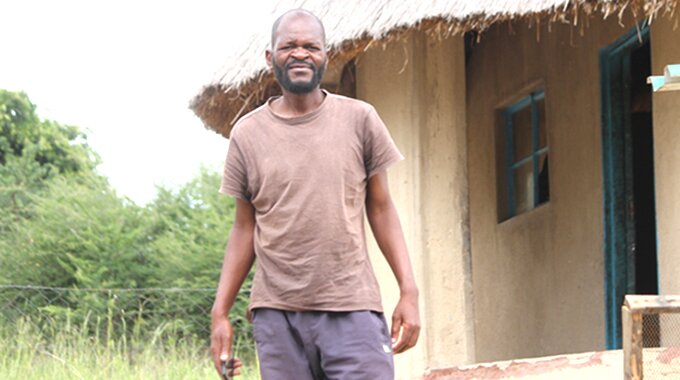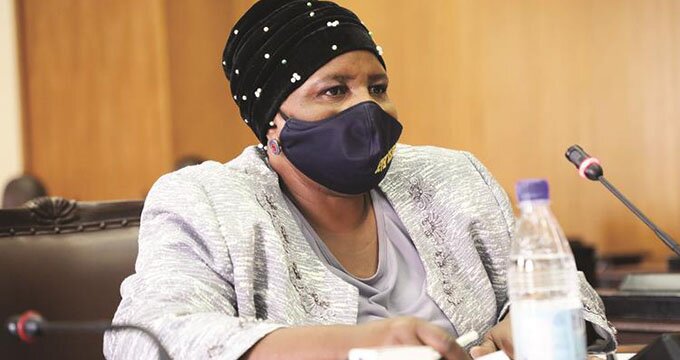Golden Sibanda and Farirai Machivenyika
Zimbabwe has laid out plans to fully utilise existing capacity and build new infrastructure to position itself as a regional hub for fuel distribution using its strategic location in the region and extensive storage facilities.
Feruka Oil Pipeline has capacity to carry up to six million litres of both diesel and petrol from Beira to Mutare and Harare, but plans are afoot to build a new and larger pipeline between 2022 and 2025.
The new planned pipeline will have capacity to transport 50 million litres per day, which will afford the country an opportunity to fully utilise its storage capacity of 500 million litres for local and regional purposes.
Through the National Oil Company of Zimbabwe (Noic), the country also plans to coordinate rehabilitation and upgrades of both pipeline and rail oil transportation systems with Mozambique.
Advertisement
It is expected that the mooted interventions will reduce the cost of transporting fuel to Zimbabwe and the regional hinterland from US$0,08 to US$0,03 using the pipelines and US$0,10 to US$0,06 using rail by 2025.
Noic chairman Engineer Daniel McKenzie Ncube yesterday said there was greater scope to cut costs of transporting fuel in the region using Zimbabwe’s strategic location, existing and planned infrastructure to spur SADC economies.
The plans will have profound impact and significant benefits including lower costs of transportation, no transit losses, preservation of the environment and reduced road accidents and road damage.
“We are putting in place mechanisms to ensure that we achieve this level of competitiveness by pipeline. You can see the high cost of transportation by road. There is nothing we can do about it,” Eng Ncube said.
Yesterday diplomats from Botswana, DRC, Tanzania, Mozambique, Malawi and South Africa were taken on a tour of storage and distribution facilities in Mabvuku and Msasa to appreciate the country’s capacity.
Foreign Affairs and International Trade Minister Dr Sibusiso Moyo, Energy and Power Development Minister Zhemu Soda, his deputy Magna Mudyiwa and officials from Noic took part in the tour.
Plans are also in place to use storage facilities in Mutare, Beitbridge and Bulawayo to serve the region as well as build new pipelines from Mabvuku to Polokwane, Bulawayo to Francistown and Tete to Lubumbashi.
“By 2022, we plan to redesign a new pipeline from the offloading port in Beira to Mabvuku with an expected capacity of 50 million litres per day, so we would like to invite you to be part of our plans,” Eng Ncube said.
Briefing diplomats, Minister Soda said the country’s plans were to ensure sustainable security of supply of petroleum products through the full utilisation of the Feruka to Harare pipeline.
“It is our view that our nations can collaborate towards the fuel delivery system that will contribute towards their economic growth and prosperity,” Minister Soda said.
Advertisement
“This is in line with prevailing global trends and also ensures preservation of our natural resources and infrastructure.
“We are also considering the option of extending the pipeline from Harare to other regions of Zimbabwe to bring it closer to the hinterland and later on in collaboration with you and your countries and it will be done based on commercial viability and other considerations.”
In his remarks, Dr Moyo said regional integration in energy and power development facilitated economic growth and development.
“This is supported by SADC, which has been developing and implementing programmes and strategies to support energy and power development in the region.
“The SADC Protocol on Energy which was adopted in 1996, as a framework of cooperation among SADC Member States refers,” he said.
“Specifically, the SADC Protocol on Energy encourages Member States to cooperate in energy development, and harmonising policies, strategies, and procedures throughout the region.
“Cooperation in the energy sector is expected to ensure security, reliability, and sustainability of energy supply throughout the region at-large. Member States are also encouraged to cooperate in research and development programmes for low-cost energy sources.”
– HERALD








